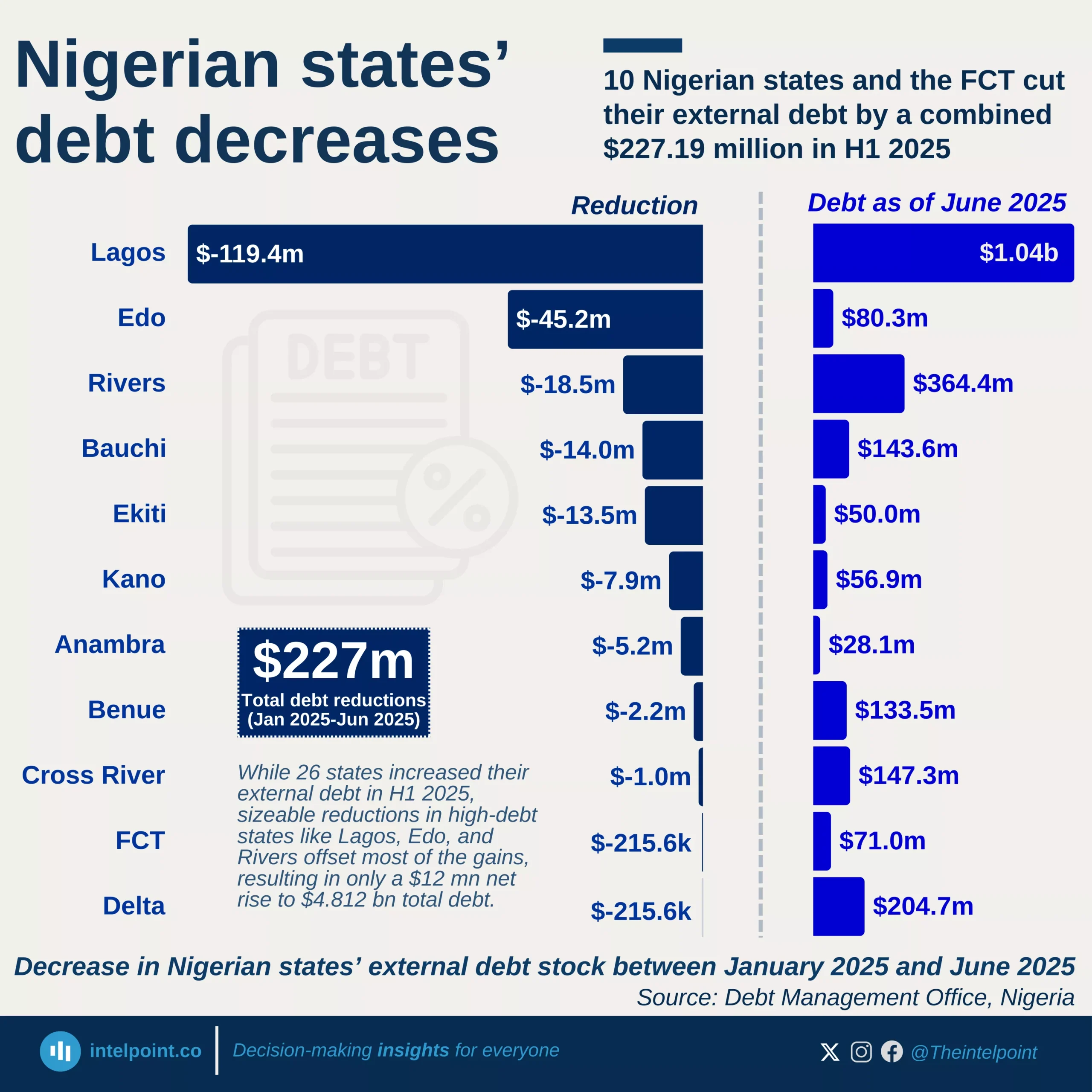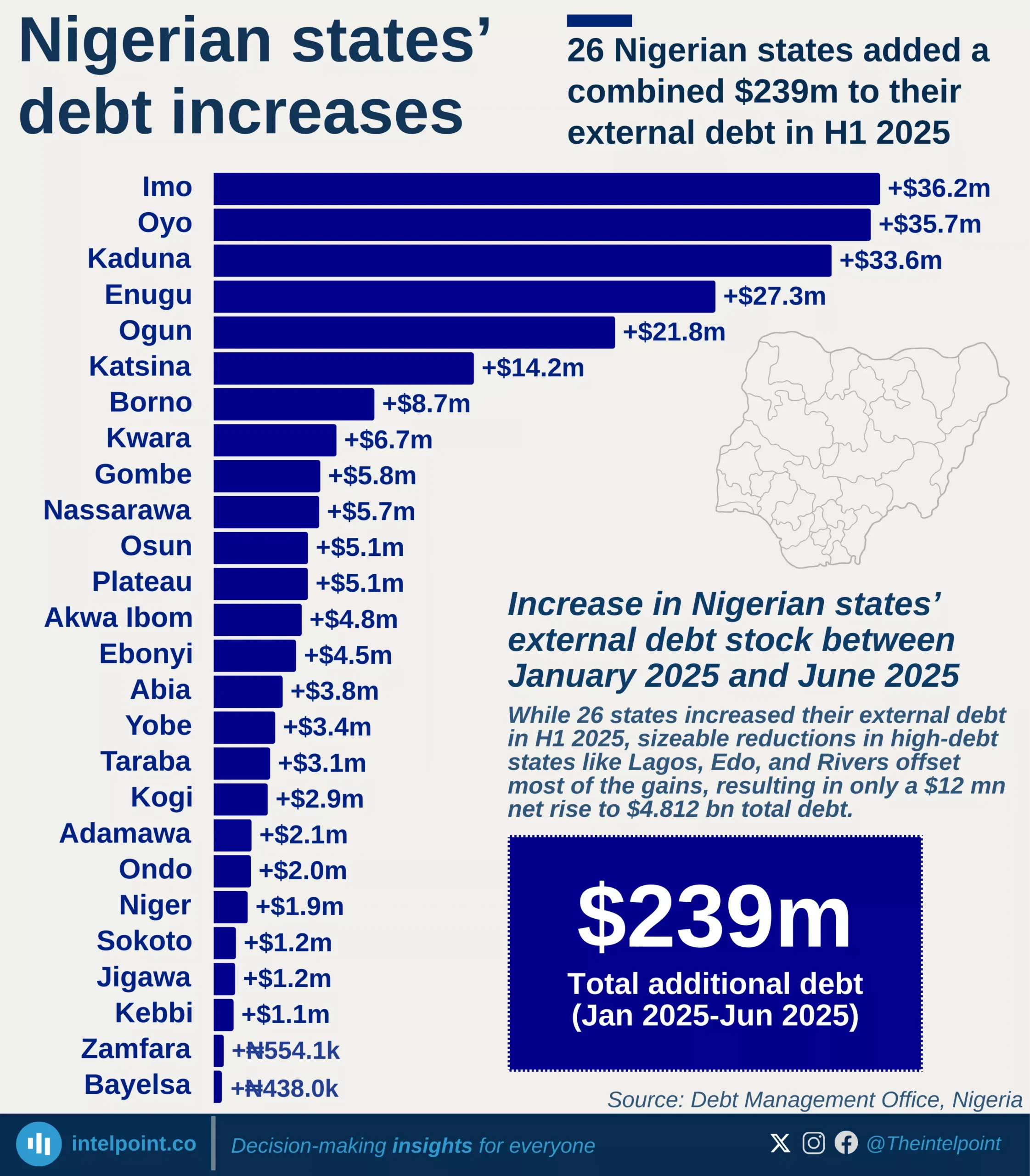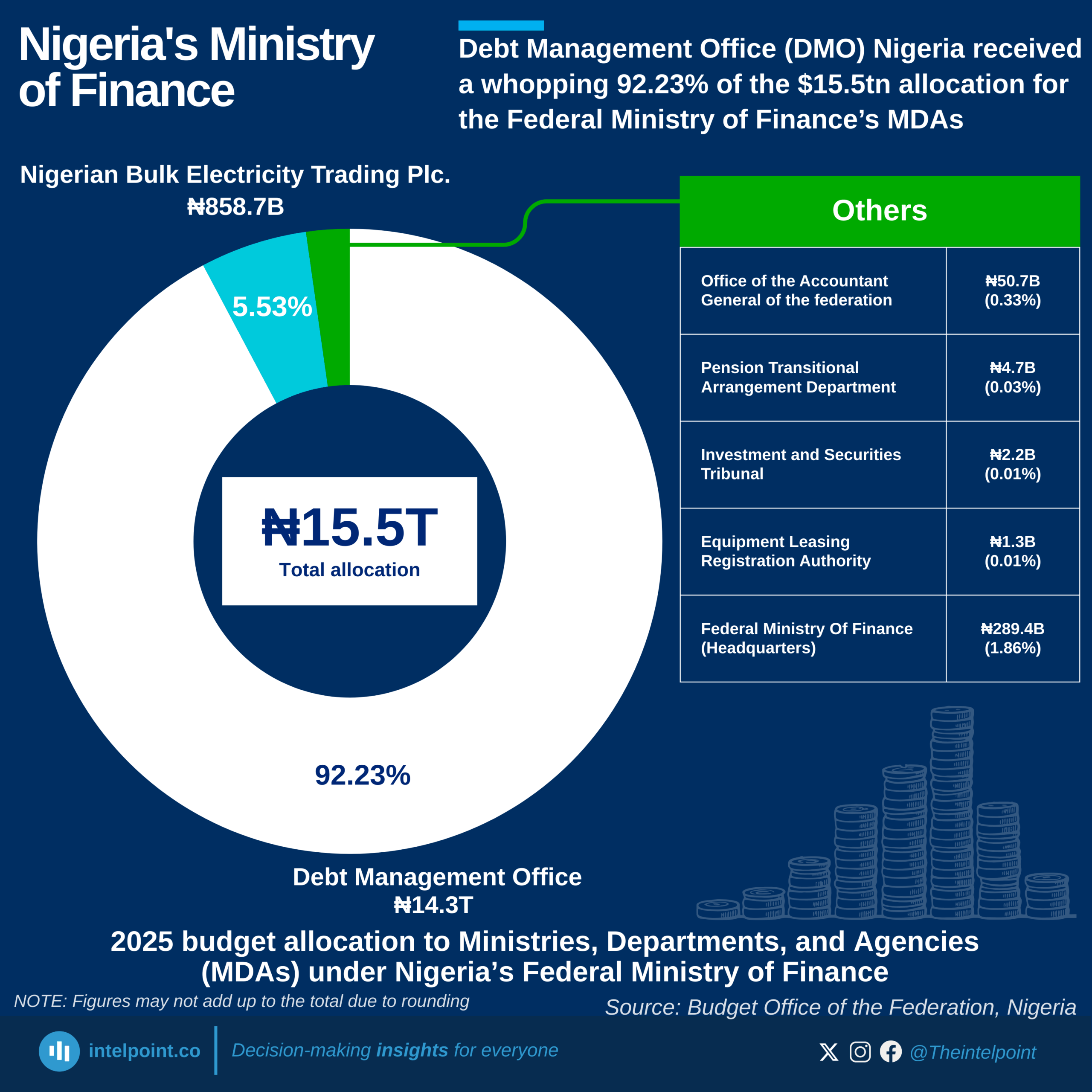At the turn of the millennium, Zimbabwe’s nominal GDP per capita was roughly $562.6, a reflection of lingering economic strain. By 2008, the economy had plunged into a full-scale collapse, with GDP per capita plummeting to $340.7 as inflation skyrocketed into hyperinflation.
In April 2009, Zimbabwe abandoned its own currency and adopted a multi-currency system, chiefly using the US dollar. This marked a turning point. GDP per capita recovered to around US $735.4 in 2009 and continued climbing to approximately US $1,037.2 by 2011. Between 2012 and 2017, GDP per capita rose steadily from about US $1,238.6 to a peak of US $3,448.1, which is still the highest in the country's history.
The country experienced a dip in 2018 and the GDP per capita fell to $2,271.9, marking [a] $1,176.2 (34.1%) decrease, and further declining to $1,683.9 in 2019, a $507.7 (22.4%) decrease. The economy showed resilience and the GDP per capita was able to increase to $1,730.5 in 2020 despite Covid 19. By 2024, Zimbabwe achieved a remarkable turnaround. The GDP per capita rose to $2,656.4, recording more than fivefold growth in 25 years.





